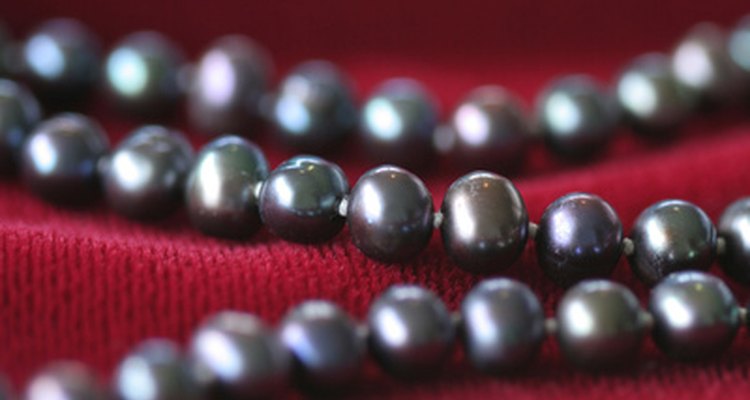
Like the value of all pearls, size, luster, shape and color largely determine the value of black pearls. Appraisers value each pearl individually, but the rarity of black pearls and the extra care with which they are farmed can place their value in five figures.
Luster and Size
Luster, often the first element evaluated when determining a pearl's value, is the shine visible on a pearl, created by the nacre oysters secrete. The Black Pearl Gallery says, "The thicker the pearl nacre, the better the pearl." Thick nacre means the pearl has been growing and developing longer than pearls with thin nacre.
Appraisers consider size one of a pearl's most important attributes. Black-lipped oysters, which create black pearls, are some of the largest oysters in the world, says the Gallery. This results in large pearls, often averaging between 8 millimeters and and 10 millimeters. According to the Gallery, "The largest black pearl we have ever seen was 23 mm, the size of a small bird egg."
Shape, Orient and Color
"Throughout history, round has generally been considered the most valuable shape for a pearl. Perhaps this was because pearls were considered a symbol of the moon," says AsianPearls.net. Pearls can come in a variety of shapes; the rarity of round pearls increases their value.
"Orient," according to the Black Pearl Gallery, is "the heart and soul of the pearl. The orient ... is the way the pearl reflects and decomposes light through aragonite crystals," and is the reflection and shine through each layer of the pearl, not just the surface. This leads to the final two criteria for determining black pearl value, color and surface.
Black pearls, 100 times more rare than white pearls, according to the Gallery, are actually a rainbow of colors ranging from pinks and greens to blues and purples. Peacock green is believed to be the most rare and valuable color. The color composition of a black pearl is a huge part of determining its value.
Acceptable Flaws Versus Unacceptable Flaws
"It is not the presence of flaws that matters. It's the type, quantity and prominence of the flaws that does," according to AsianPearls.net. Because naked-eye appearance determines a pearl's value, rather than inspection under a jeweler's loupe or microscope, different suppliers and jewelers follow various standards for pearl quality.
Surface marks--also called birthmarks--can greatly influence the value of an otherwise perfect pearl. Imperfections on the surface of a pearl, while assuring authenticity, can diminish the value, though many feel the imperfections add character.
Other Considerations: Jewelry Settings
The jewelry surrounding a pearl can also affect its value. High-karat gold and platinum will increase the overall value of the piece, while silver and base metals will have minimal effect. Likewise, precious stones and diamonds set with the pearls can increase the value.
Related Articles

How to Determine the Value of Pearls

Information on African Rubies
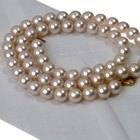
What Is the Range of the Cost of Pearls?
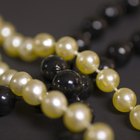
How to Tell What Pearls Are Worth
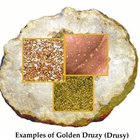
What Is Golden Druzy?

Types of Valuable Crystals

How Rare Is a Black Pearl?
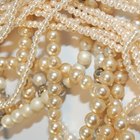
What Countries Harvest Pearls?

Physical Characteristics of the Ruby ...
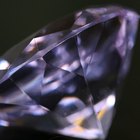
Cubic Zirconia Vs. White Spinel
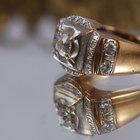
What Is the Luster of a Diamond?

The Value of Commercial Grade Diamonds

How to Measure Pearls

How to Identify a Majorica Pearl

Which Types of Gems Are Most Expensive?
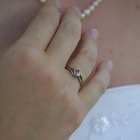
The Value of Mikimoto Pearls

What Is Black Titanium?

The History of Biwa Pearls

How to Identify Red Jasper

What Is Cognac Amber?
References
Writer Bio
A writer since 2000, Amanda Courtney worked as the news and copy editor for "The Lion's Roar," her collegiate newspaper, and as copy editor of the yearbook "Le Souvenir." She holds a Bachelor of General Studies with concentrations in English and mass communications from Southeastern Louisiana University.
Photo Credits
black pearl necklace on red velvet image by Roslen Mack from Fotolia.com